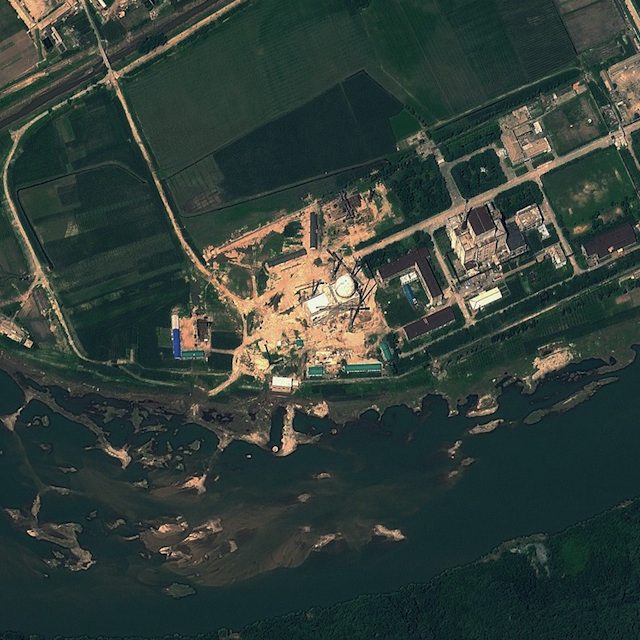SUMMARY
This is AI generated summarization, which may have errors. For context, always refer to the full article.
SEOUL, South Korea – North Korea’s nuclear weapons program is developing beyond the international community’s ability to rein it in with effective sanctions and export restrictions, regional analysts and nuclear experts warned Wednesday, September 25.
While opinion on the current level of the nuclear threat posed by North Korea was divided, a conference organized by the Asan Institute think-tank in Seoul showed consensus on the urgent need for new strategies to keep the threat in check.
Even as Pyongyang’s closest ally China announced an export ban to the North of technologies and goods with dual-use potential, experts questioned whether North Korea’s weapons program hadn’t already moved beyond its earlier dependence on external equipment and know-how.
“They are not at the start of this process anymore. They’ve been at it a long time,” said Park Jiyoung, director of the Asan Institute’s Science and Technology Policy Center.
“It’s clearly likely that the North will try to go beyond its current nuclear capability… (and) export controls can’t stop that development,” Park said.
North Korea has carried out three nuclear tests – the last, and most powerful, in February this year.
Satellite images suggest it has restarted a plutonium reactor at its main Yongbyon nuclear complex and doubled its uranium enrichment capacity at the same site.
A new study by Washington-based nuclear proliferation expert Joshua Pollack and nuclear scientist Scott Kemp, of the Massachusetts Institute of Technology, further suggests North Korea is capable of indigenously producing the key components of the gas centrifuges needed to enrich uranium.
“In which case, the current policy based on export controls, sanctions and interdictions has probably reached its limit of effectiveness,” Pollack told the Seoul conference.
“It means we cannot easily stop the expansion of the enrichment program… or maybe even detect its expansion,” he added.

Uranium enrichment carries a far smaller footprint than plutonium and can be carried out using centrifuge cascades in relatively small buildings that give off no heat.
The possibility that North Korea has, or will have, undeclared uranium enrichment facilities squirreled away across the country would undermine the credibility of any future aid-for-denuclearization deal with Pyongyang.
As a result, the international community’s best strategy, Pollack argued, might be to focus its efforts on preventing a fourth nuclear test.
Li Bin, a physicist and nuclear policy expert at the Carnegie Endowment for International Peace, said North Korea could be just one test shy of making the crucial leap to miniaturization – the ability to fit a nuclear warhead on a missile.
“If they can do more nuclear tests, maybe just one more, they would be able to have a small and more reliable device,” Li said.
Asked what steps the international community could take to prevent a determined Pyongyang pursuing a fourth test, Li paused before replying: “I have no idea.”
The one area of North Korea’s nuclear weapons program which would appear to require the most work is the development of a reliable delivery system.
In December last year, it put a satellite in orbit with a rocket launch that was widely condemned as a disguised ballistic missile test.
But German missile expert Markus Schiller said he was “very sure” – despite Pyongyang’s recent threats to the contrary – that the North currently had no inter-continental ballistic missile (ICBM) capacity.
The Unha-3 carrier used in December’s launch “is not a weapon,” Schiller said.
The North has smaller missiles capable of reaching South Korea, Japan and China, but Schiller said their technical unreliability made it “highly unlikely” it would risk one of its few nuclear weapons on such a carrier.
The North’s nuclear arsenal is variously estimated at between six and 10 bombs.
Technical capabilities aside, Schiller questioned whether the outside world tended to overplay the threat of a North Korean nuclear strike.
A pre-emptive attack would result in “total war” that the North could never win, “and the leadership is well aware of that,” Schiller said.
“North Korea’s weapons program is a political tool, aimed at extracting international concessions and showing strength at home,” he argued.
“We should see these weapons as what they primarily are. As politics,” he added. – Rappler.com
Add a comment
How does this make you feel?
There are no comments yet. Add your comment to start the conversation.